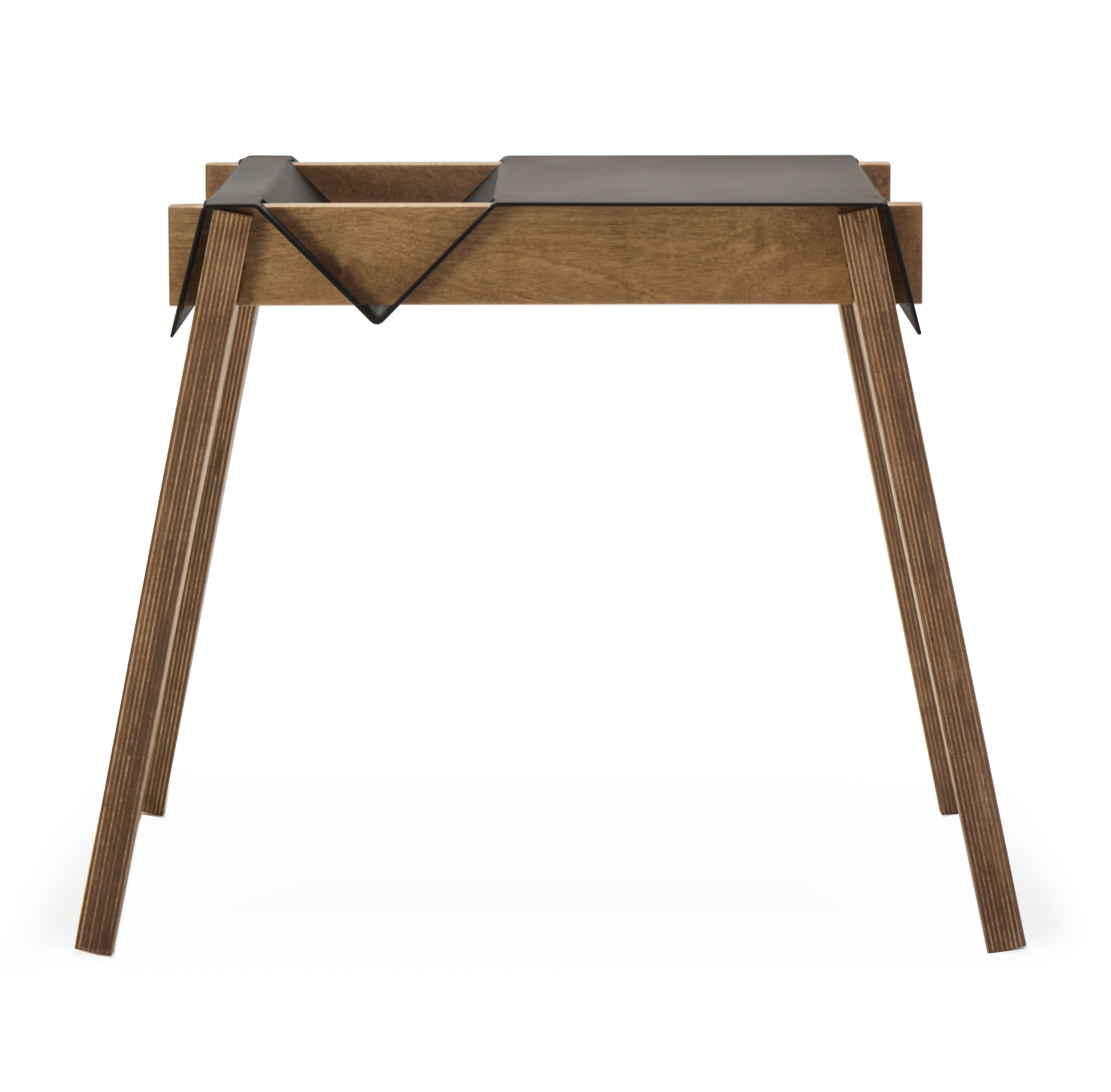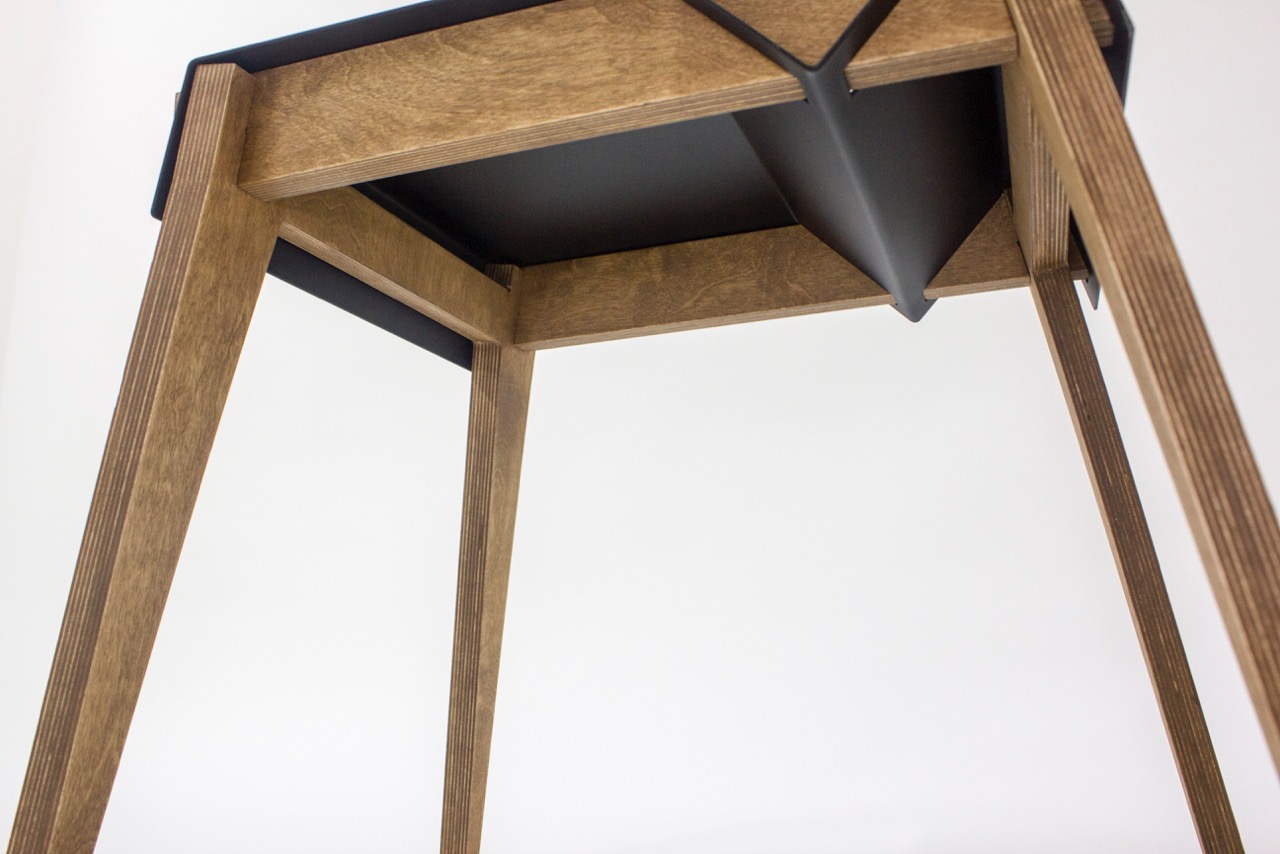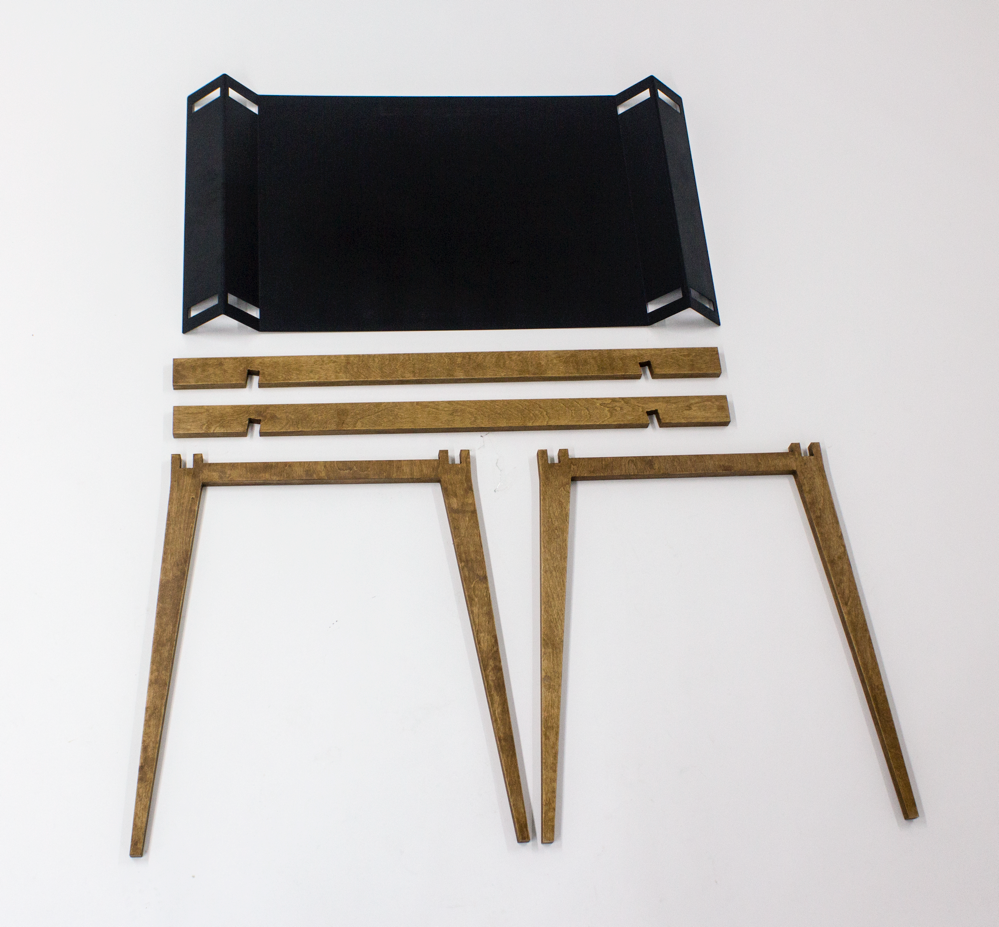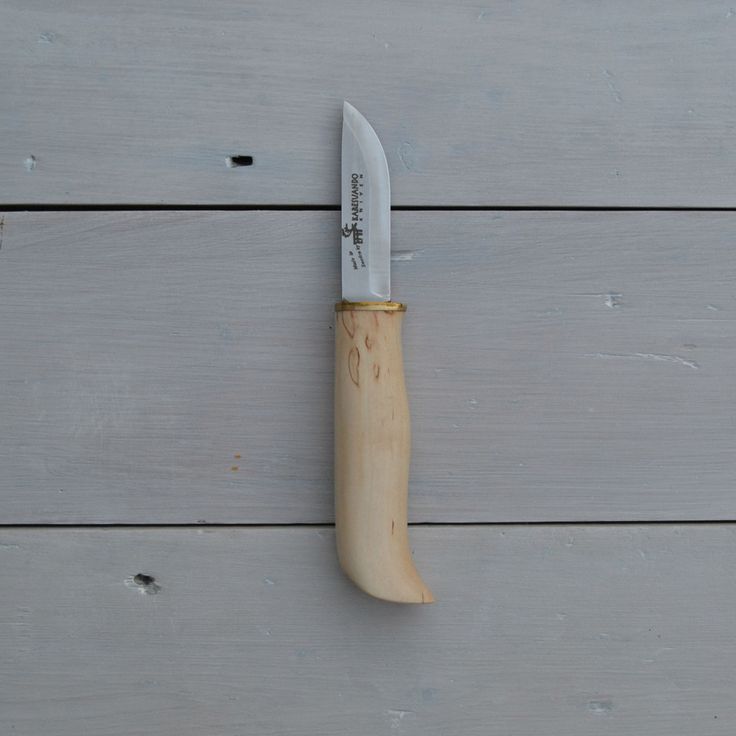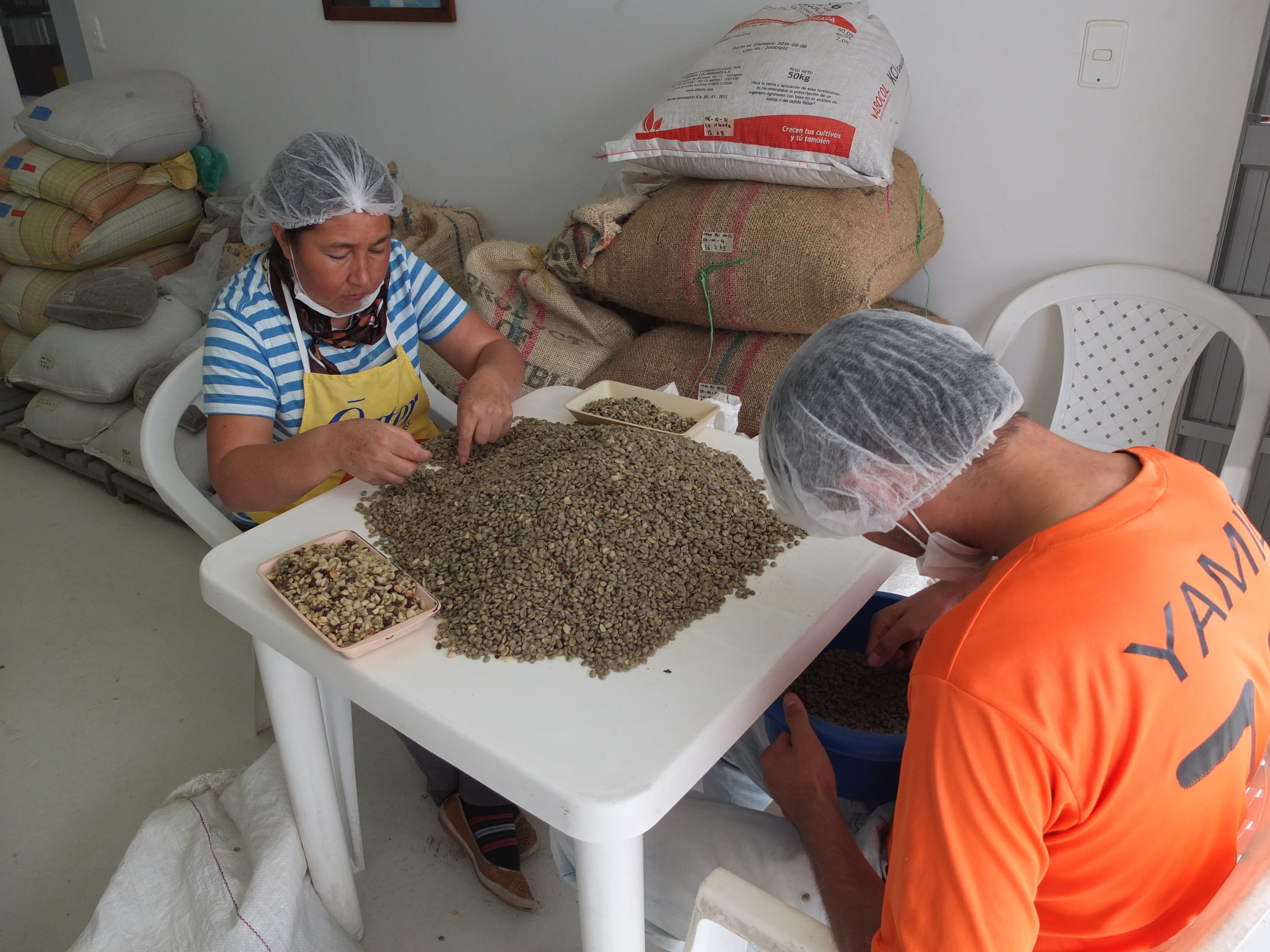Tell us about your workspace?
We have two workspaces. The desk area is where we plan how to take over the world through stationery! We discuss ideas and envisage what we want to do. With that in mind we have surrounded our desk area with things we like and inspire us, to get in the right mindset. The other area is dedicated to compiling and storage. We built a handy tall, wide desk, which is perfect for keeping all the things we need to put together orders. We spend many an hour at this ‘station’ packing boxes ready to go out to our lovely customers and stockists.
What's good about working from home?
The biggest advantage is we’re always very close to work and can work all hours when needed. But this can also be a negative as work-life boundaries get intermingled, which is why a separate studio will be great. We are looking to share with other talented Brighton artists, designers and makers and we look forward to this helping build our network of friendly coastal creatives.
Do you prefer your workspace clean and minimalist or cluttered and haphazard?
Theres two sides to this one. Jake likes clean and minimal while Freya tends towards the cluttered, so the workspace is a mixture of clean, organised and full. Everything is purpose built, which really helps as it means everything we need is close to hand and easy to use. We are very organised and everything has a set place – it has to be that way when working from home!
What do you listen to?
There is always something playing. We usually spend the day with music. Current favourite artists include Agnes Obel, Baxter Dury, Daniel Avery, John Talabot and Plaid. We sometimes put on Radio 4 (got to love Woman’s Hour) or Radio 6 because we’re ‘alternative’. When we are doing a lot of compiling we also like to listen to audiobooks or podcasts and be drawn into a story. A recent podcast we couldn’t turn off was Serial.
What do you usually do for lunch?
We have lunch here. Eggs are a WitShop staple as there are so many ways to eat them! We then try to get outside for half an hour. We live 632 steps from the sea so that is always the destination. Seeing that open expanse and the brilliance of nature never fails to clear your mind and help refocus. In the summer months we often take a packed lunch to the beach and have a swim but it can be hard to leave again!
What books are on your shelves?
We have a bookcase for novels, which often consists of crime thrillers like Henning Mankell and Jo Nesbo. Our other book case is a multitude of design books, from Taschen picture books to factual materials and process encyclopaedias to Gestalten greats like Northern Delights. We love to travel and have a collection of Lonely Planets, which we often open to reminisce or plan adventures. We love cooking so there are various cookbooks around, we are particularly enjoying Rick Stein's India book, which takes us back to our travels there.
What's on your walls?
At the moment we have a great A-Z poster by Sara Ball for Beltz & Geldberg, which we picked up in Munich. It has animal drawings for each letter, though they are in German so we learn from it as well! We recently made a big pin board to keep collected inspirational imagery and graphics and ideas we are considering. There is a portrait of Jake, which was done by a unusual Leeds artist by the name of Tony Tomlin. There is a Pinboard Calendar and a Paper Clock – both our own products. The Paper Clock was a popular item we once produced in a small batch, but it was too labour intensive. Watch this space for mark two! There are a couple more pieces of work including one by Jake’s artist mother and one by the illustrator James Brown called Cloud Classification, which we bought from our favourite Brighton shop Dowse.
If your workspace walls could talk, what would they say?
Design and produce good work! We surround ourselves with work that is not necessarily in a style we aspire to but the execution of it all is succinct. This inspires us in developing our brand and keeps us aiming high. Freya recently put up a a statement on the wall that speaks to us every day. It says “Don’t be obstructive just be constructive”. Sometimes you just have to go for things without over thinking them and don’t let negative thoughts hold you back.
Discover more about Witshop and their design-led stationery and homeware in our online directory.
This is a sponsored blog post, created in collaboration with Witshop. For more information on partnerships and joining our directory please email advertise@ernestjournal.co.uk.
















